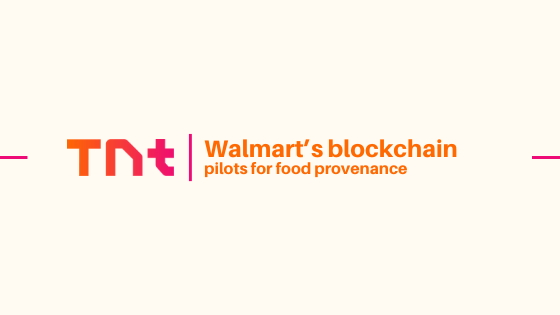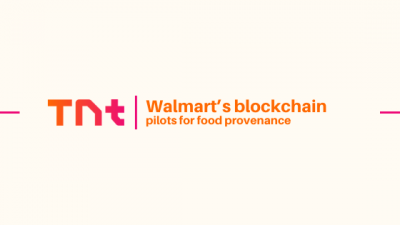Walmart worked with IBM to develop and implement its food provenance pilots using blockchain technology (Tiwari, 2016). According to McDermott (2017),
“Blockchain solves business problems where trust is part of the solution” by providing what traditional databases cannot: data immutability as well as speed
and security of dissemination.
Leaders at IBM recognized that they could accelerate the adoption of blockchain and avoid a proliferation of internal systems and data formats by using existing
open standards such as the Electronic Product Code Information Services and Core Business Vocabulary of Global Specifications 1 (Blanchfield and Welt, 2012).
IBM’s blockchain is based on Hyperledger Fabric, which supports modular architecture and plug-andplay components such as consensus and membership services (IBM, 2017). It allows both efficient data capture and data control. Most importantly, users have a shared view of the truth at any point in time as well
as ownership and control over their own information.
Records include audits, agricultural treatments, identification numbers, manufacturers, available device updates, known security issues, granted permissions, and safety-protocols, all logged in real time and permanently stored as e-certificates.
This foundational trust has a flywheel effect. According to McDermott (2017), “The trust it delivers enables more efficient and complete sharing of the critical data
that drives enterprise transactions.”




Comments